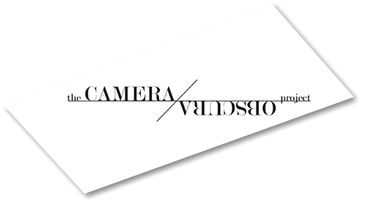
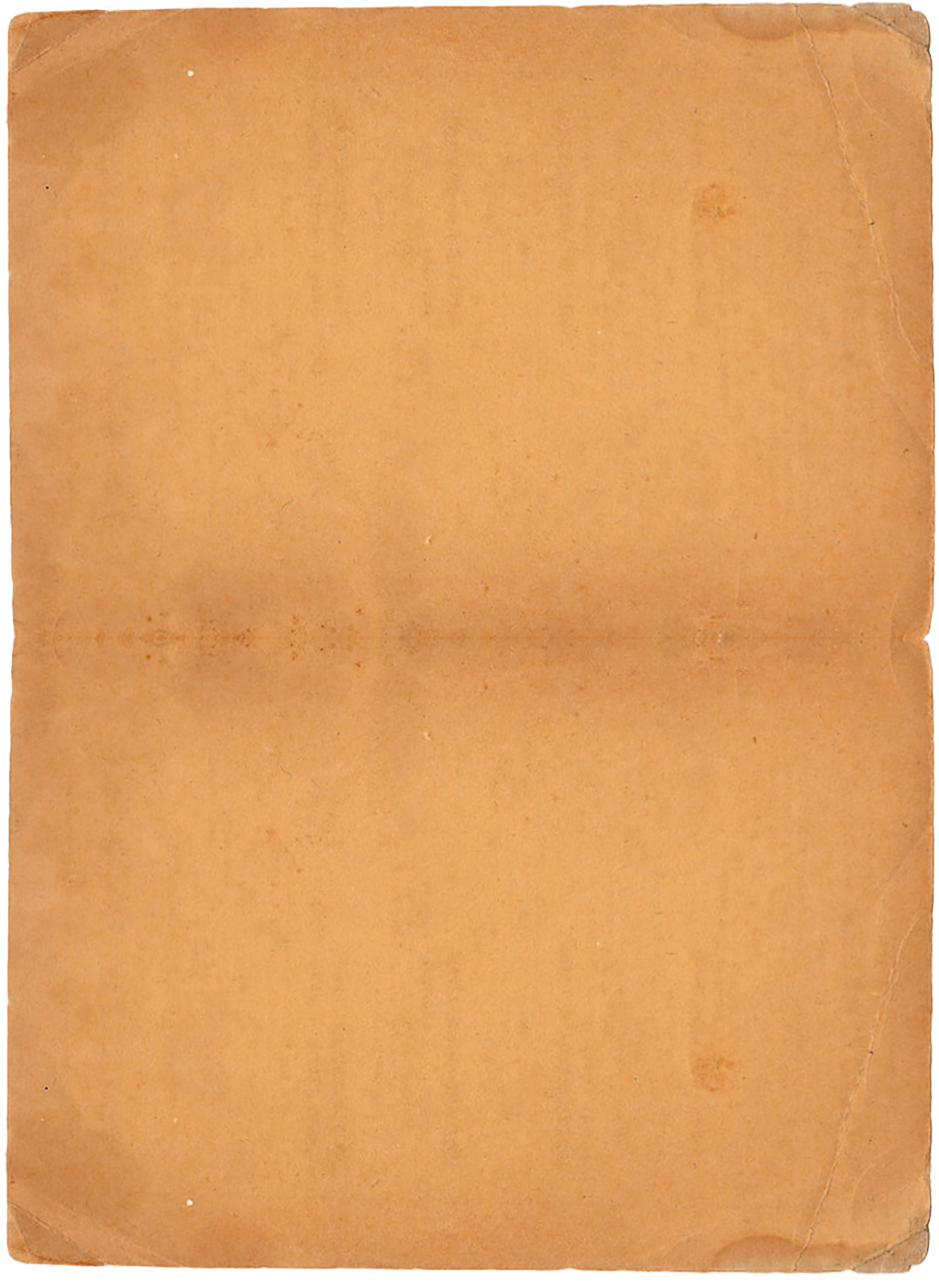
Elizabeth Warner graduated from Thompson Rivers University with a Bachelor of Fine Arts in 2013 and has since worked as a research assistant to the Camera Obscura Project, taught as an art instructor and tour guide at the Kamloops Art Gallery, and acted as Secretary of Arnica Artist Run Centre.
In her recent artistic practice, Elizabeth approaches themes of allegory, memory, and place through the use of marionettes and stop frame animation. These studies are situated in constructed dioramas where the artist explores landscapes from her upbringing in rural Dawson Creek and her more recent experiences with the Kamloops area. The body of work studies remembered and imagined memories to explore relationships and the transitory nature of life.
Most recently Elizabeth has collaborated with historian and ten-time author, Dr. Kevin Dann, on “The Liberty Resurrection Parade.” The project uses marionettes as story tellers for live street performances in Downtown Manhattan.
ARTIST STATEMENT
Through the use of puppetry and stop frame animation, I have created a world for my late brother. “Nicholas” explores the melancholy of mundane life by examining real and fictional memories. A video recording of various dioramas and puppets addresses the undirected sense of longing that those affected by nostalgia feel, and suggests that the limitlessness of death is essential for a real experience of the metaphysical world. Here, “the real” acts as a component in interpreting the emptiness experienced by those conflicted by nostalgia, which I attribute to a societal discontentment with our symbolic culture.
The use of puppets is significant. They function as a personal allegory for my feelings of loss regarding my grandfather, which are ascribed towards my brother through this project. One of my fondest memories of my grandfather comes from watching him perform a marionette show for my sister and me when we were very young. The marionette moves and interacts with the viewer in a way that quotes from human behaviour but is distanced by strange physical interaction. The curiosity of the puppet’s movements and design embody my grandfather’s quirks. This allegory transforms the marionettes from a child’s toy into a means of negotiating what Svetlana Boym has characterized as the nostalgic void. Existing as an allegory and an icon of a simpler time, the marionette is a pivotal element to the artwork and I embrace its relationship to kitsch object as a trigger of both personal and collective nostalgia.
The physical display of the puppets is crucial, as their tactile nature and “aura” allows the marionettes to be reclaimed in a meaningful way. In “The Work of Art in the Age of Mechanical Reproduction” Walter Benjamin attributes an “aura” to the untouchable elements of nature, such as far away mountain tops or the endless sky. The recreation of a camping trip with my sculpture class, a visit to Paul Lake with my partner, and a Christmas home with my family combined with the invention of imaginary landscapes for my brother are brought to life by not displaying the dioramas’ individual atmospheres. To display the dioramas would be to lose that “aura” and thus lose any nostalgic longing. Though not present for a viewer to see, the dioramas are present in the video in the same way that Nicholas is present in my memories.
WARNER





.jpg?crc=448680121)
.jpg?crc=3948325026)


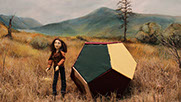

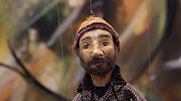

-crop-u5539.jpg?crc=79013932)
-crop-u5548.jpg?crc=3932454454)
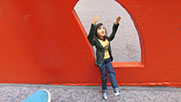
<
>
The Camera Obscura Project brings together an international group of artists and other researchers interested in cameras obscura, related optical phenomenon and the meeting places of: art and science, cultural and wilderness settings, learning and play. With funding from The Social Sciences and Humanities Research Council of Canada the Project is based at Thompson Rivers University, Kamloops, B.C.



